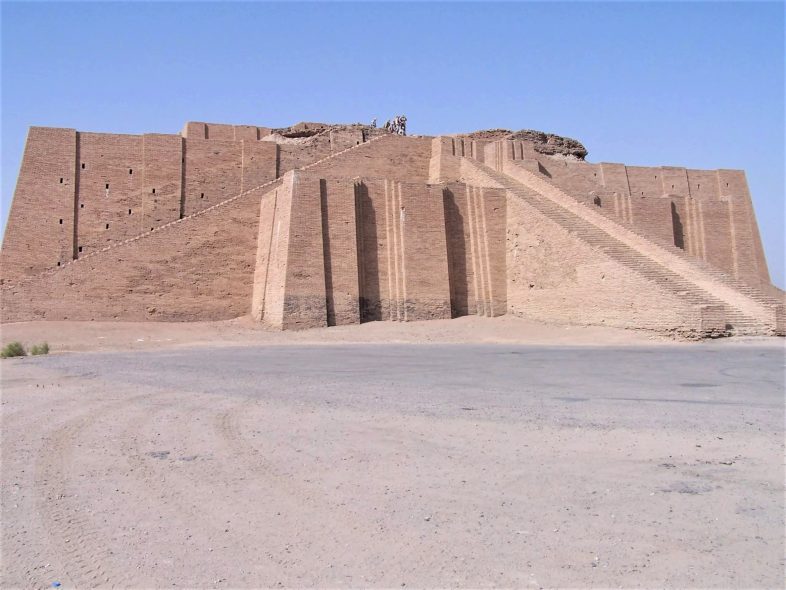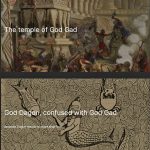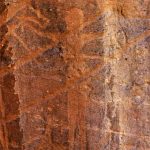From historyonthenet.com:
Ziggurats are as emblematic of Mesopotamia as the great pyramids are of ancient Egypt. These ancient stepped buildings were created to be home to the patron god or goddess of the city. As religion was central to Mesopotamian life, the ziggurat was the heart of a city. Starting around 3000 B.C., Mesopotamian kings began building ziggurats and continued to build them up to the time of Alexander the Great circa 300 B.C.
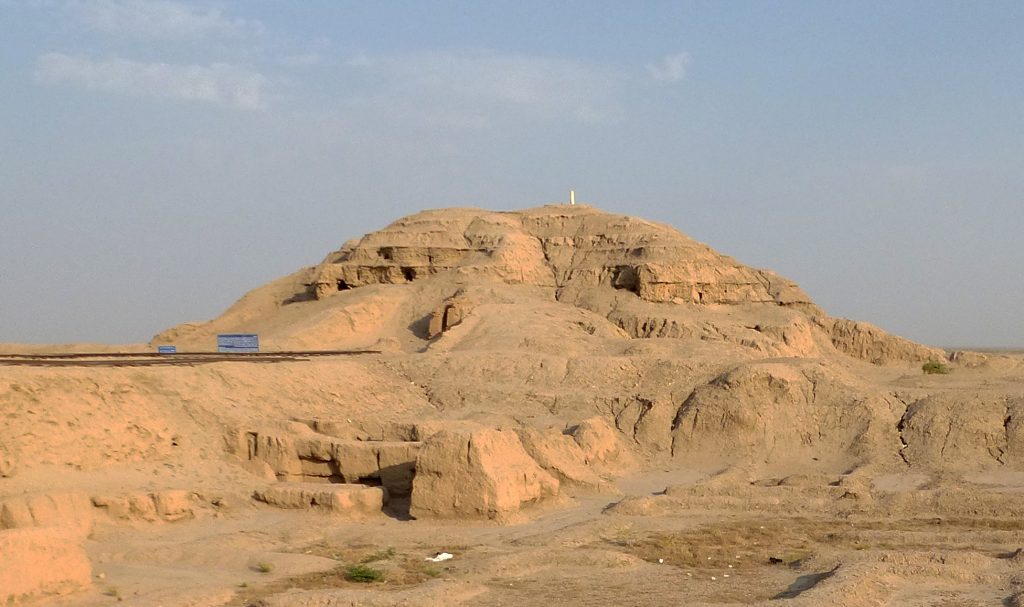
CC BY-SA 2.0, https://commons.wikimedia.org/w/index.php?curid=92851923
The top image is from Akad. Those who built the modern copy did not seem to know the shape of ancient ziggurats. They should have consulted the Arabic name for it: malwiah ملوية: twisted, torsional. The image below is from ancient Egypt:
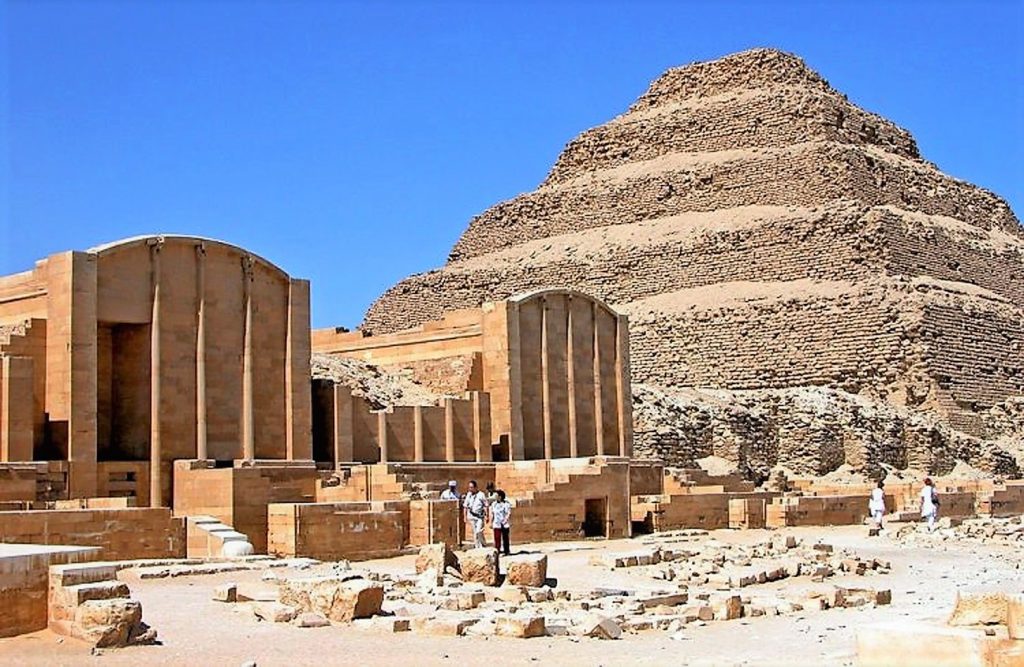
Some don’t know that the ziggurats of ancient times are the wedding cakes throughout the ages made to resemble the ziggurat looped high for the priests to reach the top closer to their gods.
Here is the proof provided by two Akadian entries:
- ziqquratu : [City → Buildings] : ziggurat, temple tower, mountain-peak, summit of a mountain: a wedding-cake (in the shape of a ziggurat)
- ziqqurratu: [Buildings] 1) a ziggurat, a temple tower; 2) a wedding-cake;
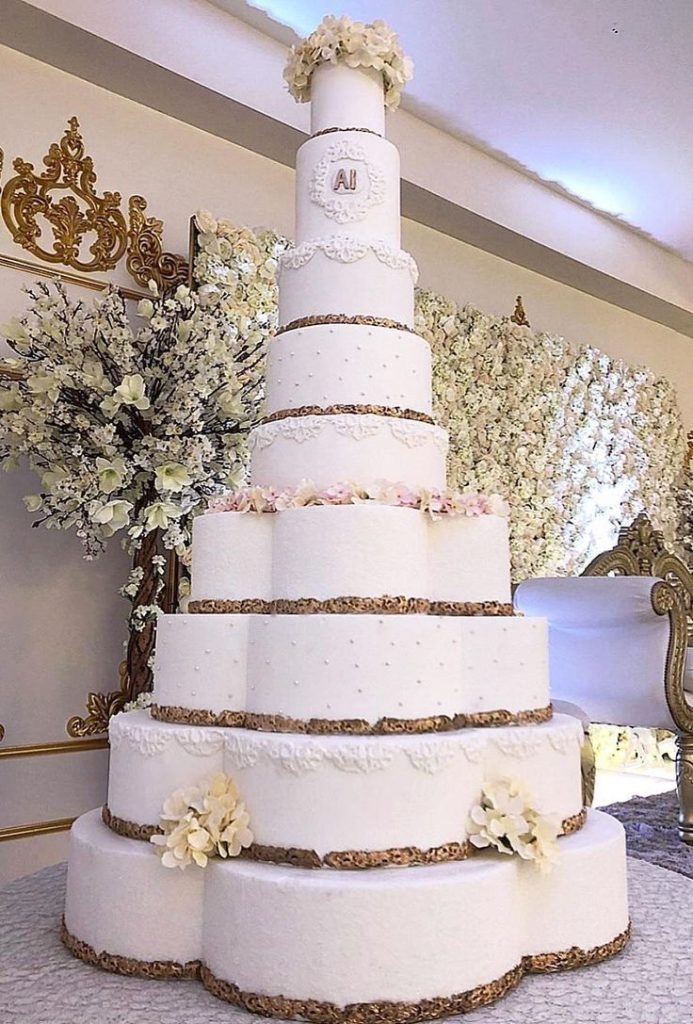
However, we may have to wonder if Ziggurat derives from a different BR, *ZG, or it is *ZI + GR condensed into “ZIG”. A huge Ziggurat is the long mountain range Zagros that extends 1,600 km in Iran, northern Iraq, and southeastern Turkey with an elevation of more than 4,400 m.
Last modified: June 10, 2023

